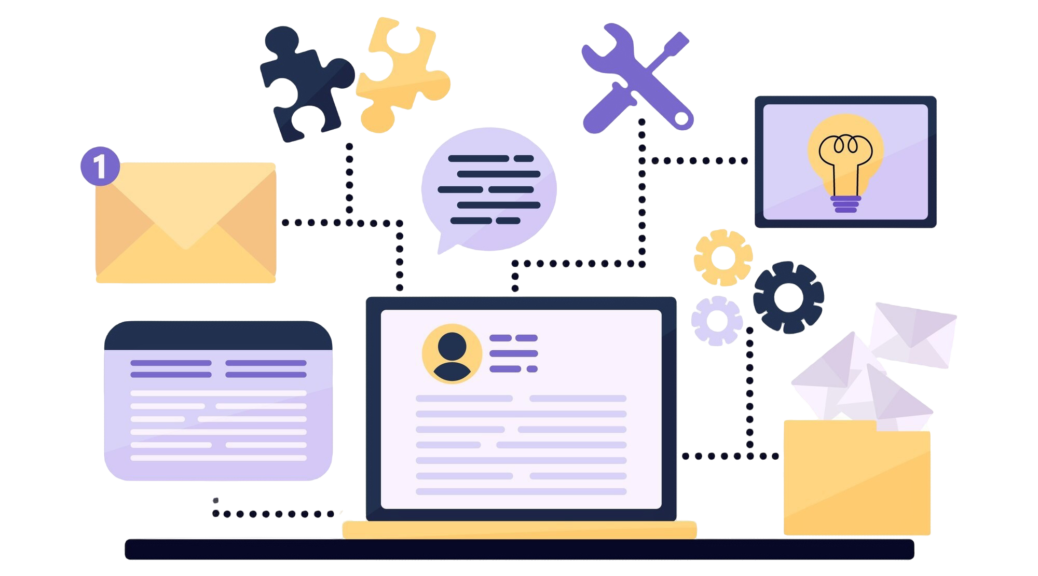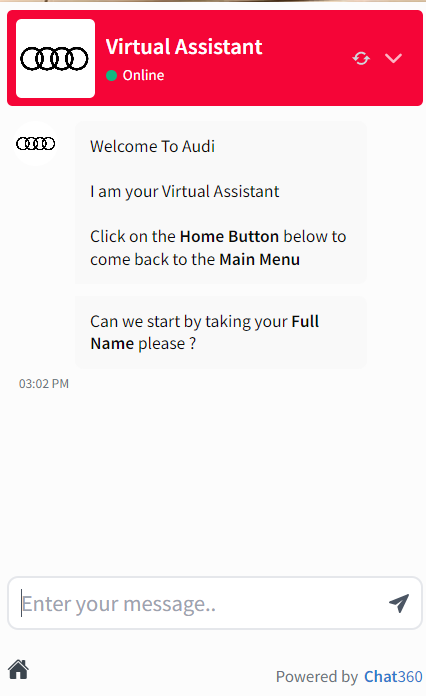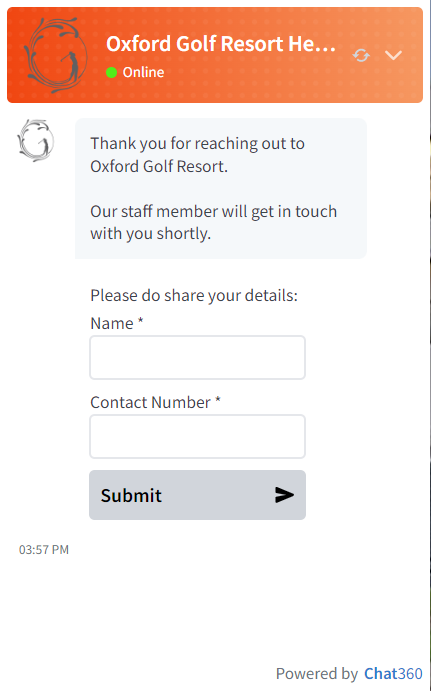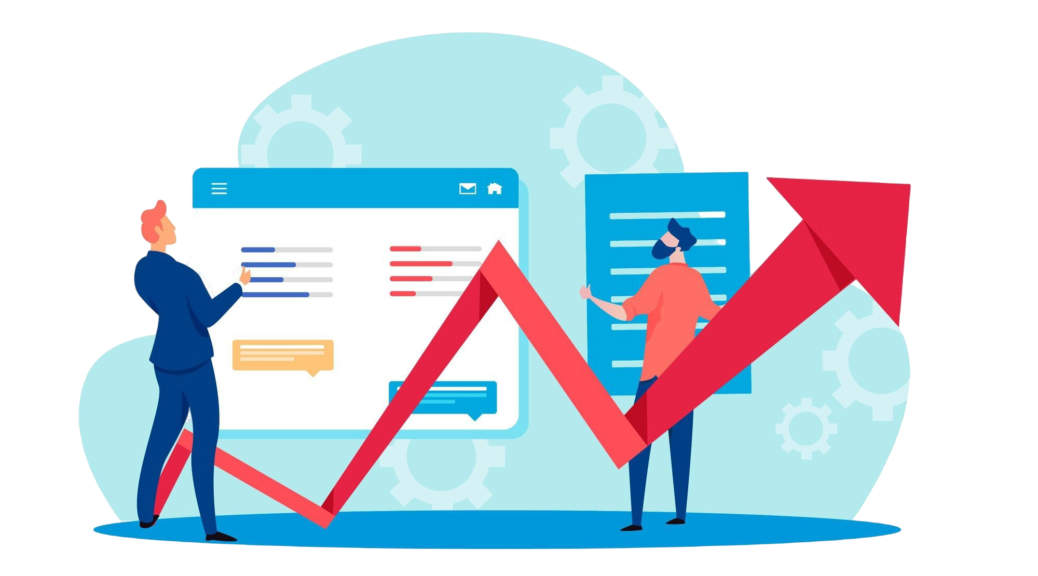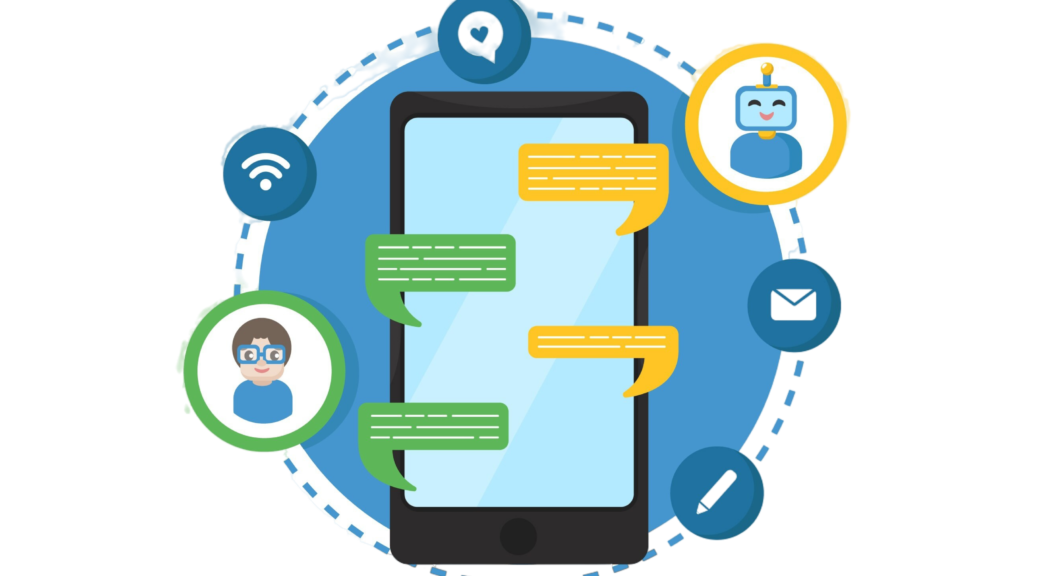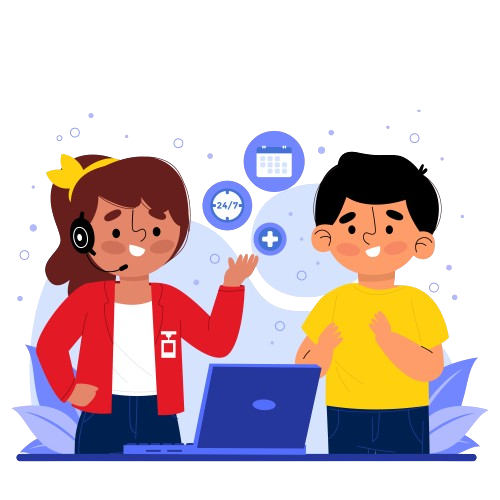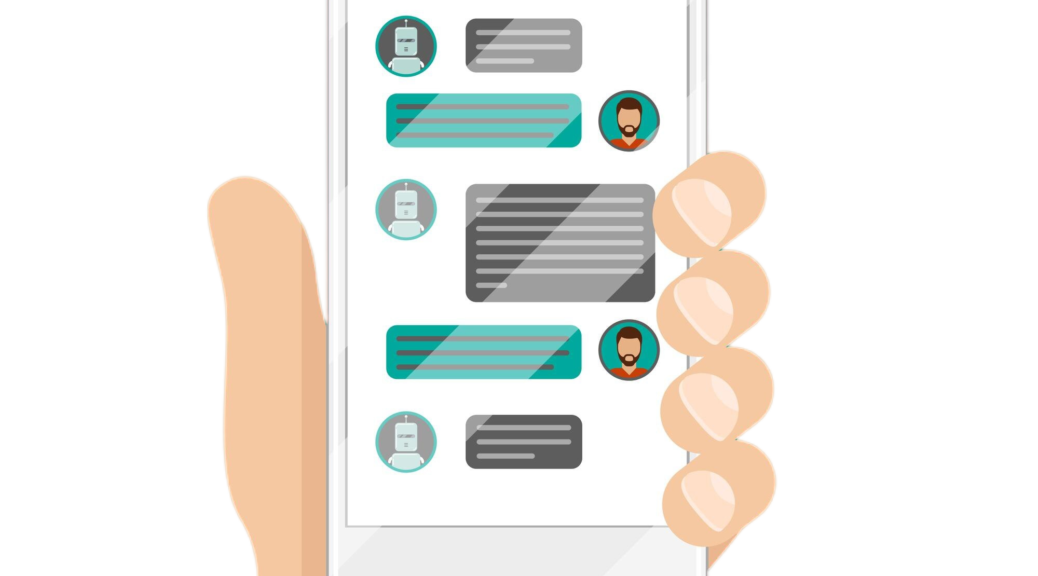Business operations in today’s world are being significantly transformed with the introduction of artificial intelligence (AI), which provides strong capabilities for data analysis, trend prediction, and even intelligent recommendation-making.
AI has recently shown promise in a number of sectors, including healthcare, finance, BFSI, Retail and customer support & service, assisting businesses in increasing productivity and making smarter choices.
In 2025, businesses are hoping to maintain their competitiveness and adopt the most recent innovations in tech to comprehend and utilize the potential advantages of artificial intelligence in the operations.
In simple terms, artificial intelligence (AI) is a super-smart assistant that can perform repetitive activities, process complicated data, and provide insights that would be challenging for people to discover on their own.
AI may change company operations to be more efficient and personalized, from enhancing customer experiences to promoting more intelligent marketing techniques.
In this informative blog will guide you through the top 10 ways artificial intelligence (AI) is anticipated to affect businesses in 2025, offering practical examples and insights into how AI-driven solutions are quickly becoming essential for success in the future.
Top 10 Benefits of AI in Business
AI technologies have many benefits that might spur innovation and corporate expansion as they develop further. AI is radically changing conventional business paradigms, from improving decision-making to expediting processes.
Here are the top ten business advantages of AI to look out for in 2025 and beyond.
1. Enhanced Decision-Making
AI can transform business decision-making by providing predictive analytics and data-driven insights that enable stakeholders to make better decisions.
Businesses may make more confident strategic decisions by reducing guesswork and responding to market developments more efficiently thanks to AI’s rapid analysis of large amounts of data.
2. Improved Customer Experience
AI helps companies to provide more timely, relevant, and personalized interactions, to its customers thus improving customer experiences.
Also, AI applications enable businesses to better understand and satisfy consumer demands, promoting loyalty and satisfaction at every touchpoint, from recommendation engines that customize product recommendations to chatbots that offer immediate assistance.
3. Increased Efficiency and Productivity
Automating monotonous jobs and optimizing workflows, artificial intelligence is increasing corporate productivity and freeing up employees to concentrate on higher-value work or learn other tools parallelly.
Businesses may enhance productivity, decrease manual labor, and save time and money by utilizing techniques like robotic process automation (RPA) and machine learning algorithms.
4. AI-Driven Insights for Better Marketing Strategies
Businesses can develop highly focused and successful marketing efforts by using AI to obtain profound insights into consumer trends, preferences, and behaviors.
AI helps customize marketing strategies to attract the proper audience, maximize ad expenditure, and enhance overall engagement by evaluating enormous volumes of data, which eventually leads to improved business outcomes.
5. Streamlined Operations with AI Technologies
AI speeds up, improves the accuracy, and lowers the cost of a variety of operational procedures, from supply chain logistics to inventory management.
AI technology reduces waste and guarantees efficient operations by forecasting demand, allocating resources, and streamlining schedules, assisting companies in more reliably achieving their objectives.
6. Innovative Solutions
AI is paving the way for creative solutions in a variety of sectors, resolving difficult business problems that were previously thought to be unsolvable.
These real-world examples, which range from fraud detection in banking to predictive maintenance in manufacturing, show how companies are using AI to solve particular problems, enhance results, and boost expansion.
7. Enhanced Data Security with AI
AI is becoming crucial for safeguarding corporate data and systems as a result of the increase in cyber threats.
AI-powered security solutions can identify and stop any threats in real time by continuously monitoring network activity, assisting businesses in protecting critical data and upholding consumer trust.
8. Optimized Human Resources and Recruitment
Automating candidate screening, lowering biases, and more effectively identifying top talent, AI expedites the recruiting process.
Thus by evaluating engagement data, predictive analytics can also aid in employee retention, allowing companies to lower turnover and promote a pleasant workplace culture.
9. AI-Enabled Financial Forecasting and Planning
AI helps businesses generate precise projections about income, expenses, and market trends by adding precision to financial forecasting and budgeting.
AI improves financial planning by examining past data and finding trends, enabling businesses to make data-supported investment decisions and allocate resources effectively.
10. Enhanced Product Development with AI Insights
AI speeds up product creation by identifying new requirements and preferences through the analysis of competitor data, market trends, and customer input.
Businesses are able to innovate more quickly as a result, producing goods that meet consumer needs, cutting development costs, and raising the likelihood of a successful market debut.
Challenges of Implementing AI in Business
AI implementation in business has the potential to revolutionise operations, but there are a number of obstacles that must be overcome for integration to be successful.
The high cost of implementation is one of the main obstacles. A lot of AI tools and platforms demand large upfront expenditures for software, infrastructure, and skilled workers.
These costs might be a major barrier for startups or smaller companies beginning the digital transformation process.
AI systems require large, high-quality data sets in order to learn and function well, which necessitates effective data collecting, storage, and administration techniques. Managing the data requirements for AI is also challenging.
The lack of proficiency in AI and data science is another major issue. Given the rising demand and skills shortage, it is important but difficult to find experienced people who can develop, maintain, and optimize AI systems.
A further degree of complexity is added by data privacy and ethical issues, particularly for sectors like healthcare and finance that handle sensitive data.
Businesses must comply with data protection regulations and ensure their AI models are free from bias and ethical issues. Also, integration with existing systems can be difficult, as legacy systems may not be compatible with newer AI tools, leading to disruptions in operations.
Recognizing and addressing these challenges early can help businesses make the most of AI’s potential while mitigating risks.
Businesses may maximize AI’s promise while reducing risks by identifying and resolving these issues early.
How Small and Medium Businesses Can Leverage AI
Small and medium-sized businesses (SMBs) can leverage AI to enhance efficiency, improve customer service, and stay competitive, even without the resources of large enterprises.
One of the most accessible AI applications for SMBs is automating routine tasks. With tools like chatbots, customer inquiries and support requests can be handled automatically, freeing up team members to focus on more complex tasks.
Similarly, AI-driven tools for accounting, inventory management, and scheduling can save time and reduce human error, leading to more streamlined operations.
Another way SMBs can benefit from AI is through personalized marketing. AI-powered platforms can analyze customer data to segment audiences, predict preferences, and create personalized marketing campaigns, which can improve engagement and drive sales without requiring extensive marketing budgets.
AI tools for predictive analytics offer insights into customer behavior and market trends, helping SMBs make data-driven decisions and anticipate changes in demand. With accessible, cloud-based AI solutions, SMBs can now harness these capabilities affordably, positioning themselves for growth and adaptability in a competitive market.
How Chat360 Empowers Businesses with AI
Chat360 enables businesses to harness the power of AI for enhanced customer engagement, operational efficiency, and data-driven decision-making. With solutions tailored to various industries, Chat360’s AI-driven platform offers advanced analytics, automation, and seamless integrations across multiple channels, including WhatsApp, Facebook Messenger, and more.
Businesses can streamline interactions, provide personalized experiences, and stay competitive. Schedule a demo with Chat360 to explore how AI can transform your operations in 2025 and beyond.

